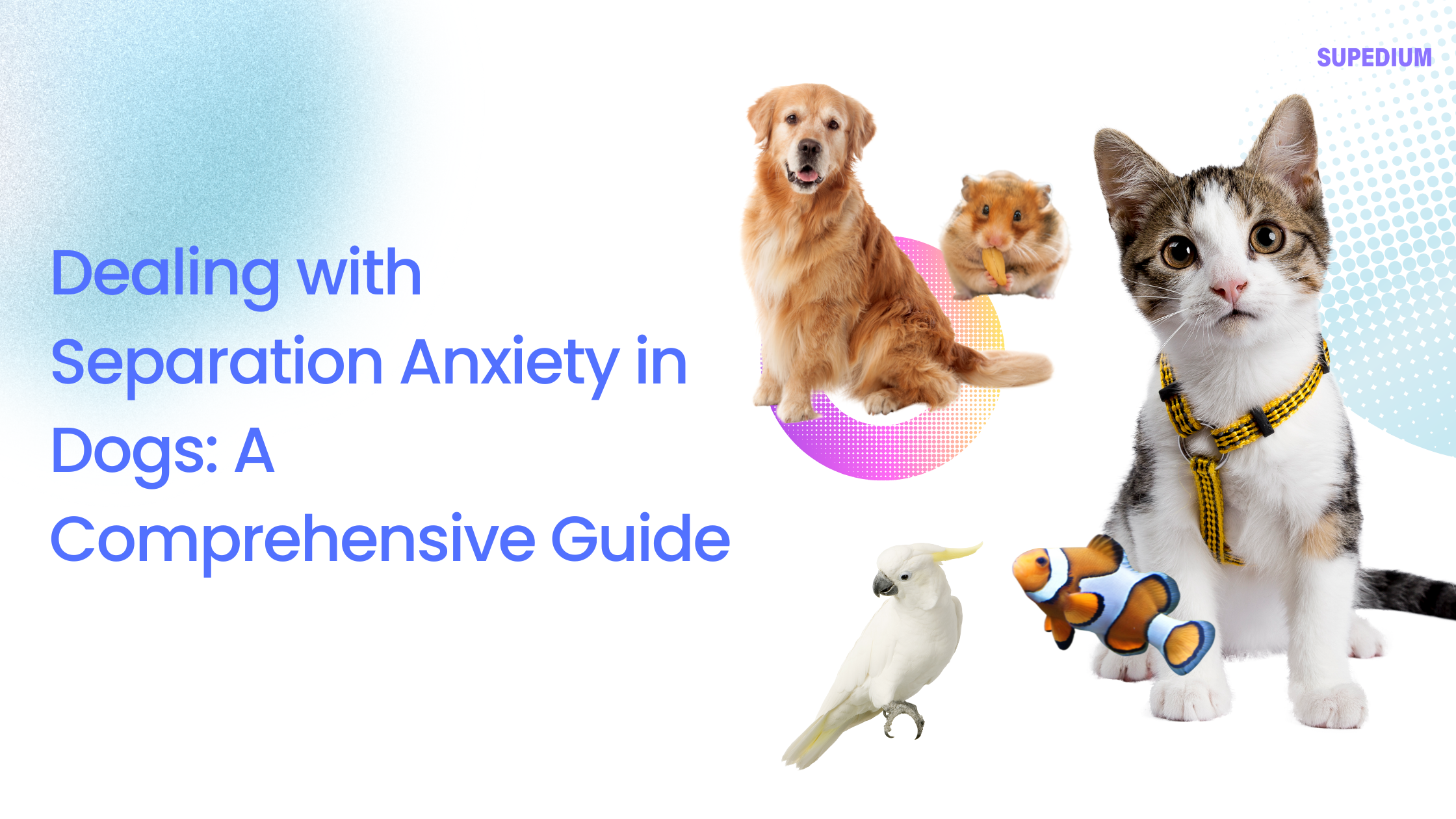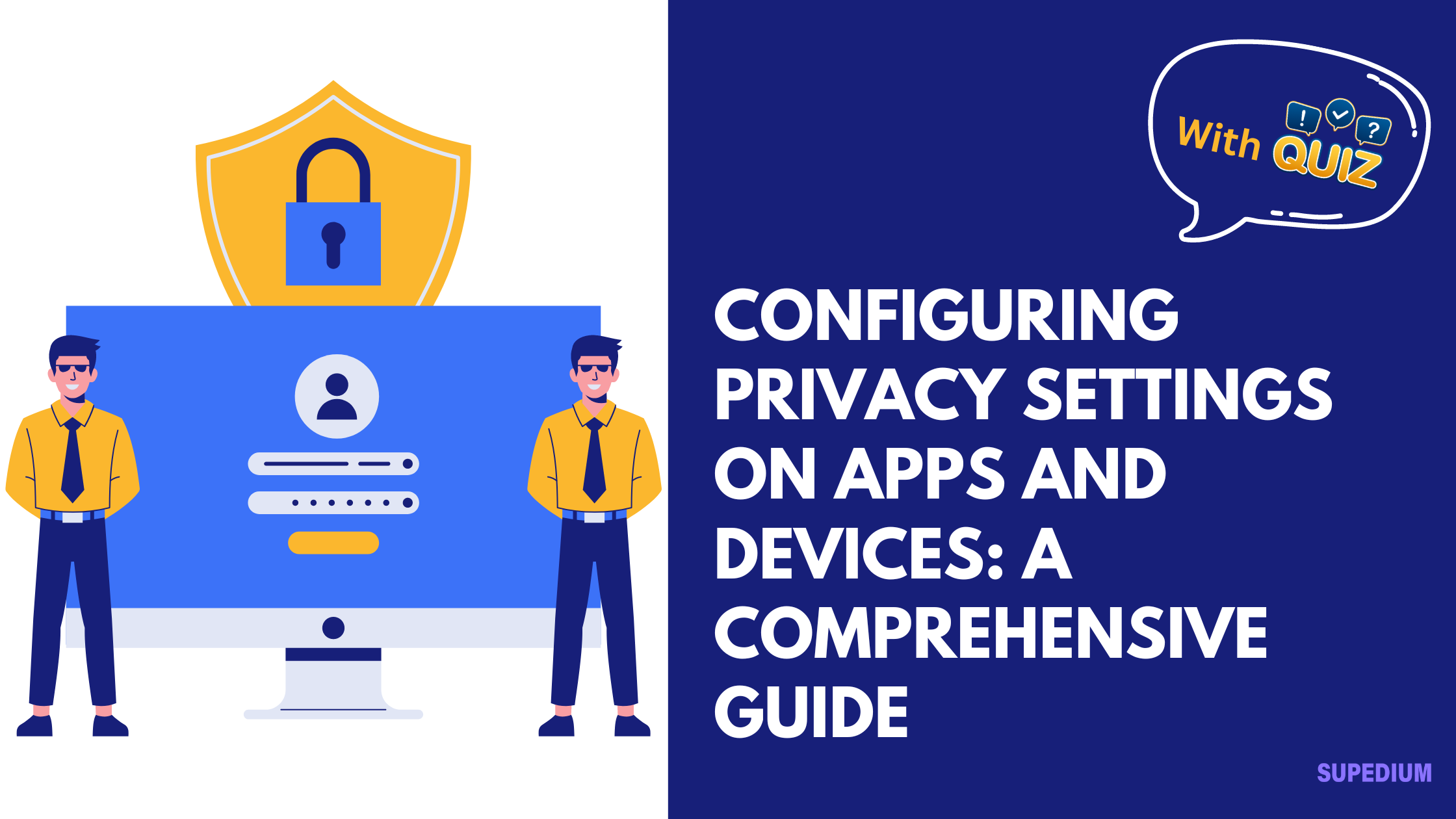Table of Contents
![]()
Separation anxiety is a common yet distressing condition affecting many dogs. This article explores the nature of separation anxiety, its causes, symptoms, and a variety of strategies for managing and alleviating the condition.
Introduction
Separation anxiety occurs when a dog experiences significant distress and behavioral problems when left alone. This anxiety can manifest in several disruptive ways, including excessive barking, destructive behavior, and house soiling. The prevalence of separation anxiety varies, but it is a significant concern for many dog owners, affecting dogs of all ages and breeds.
Understanding Separation Anxiety
Causes and Triggers
Separation anxiety can stem from various factors. Genetics may play a role, as some dogs are predisposed to anxiety. Early life experiences, such as lack of socialization or traumatic events, can also contribute. Significant changes in a dog’s routine or environment, such as moving to a new home or a change in the owner’s schedule, may trigger anxiety. Additionally, dogs that are left alone frequently or for extended periods are at higher risk.
Symptoms and Behaviors
Symptoms of separation anxiety can be varied but often include:
- Destructive behavior: Chewing on furniture or digging at doors and windows.
- Excessive barking or whining: Vocalizing continuously when left alone.
- Attempts to escape: Trying to break out of crates or tear through barriers.
- House soiling: Urinating or defecating indoors despite being house trained.
- Excessive drooling or panting: Signs of distress in the absence of physical exertion.
Assessment and Diagnosis
Professional Evaluation
Consulting a veterinarian or a certified dog behaviorist is crucial for diagnosing separation anxiety. These professionals can conduct thorough evaluations, including observing the dog’s behavior in different scenarios and ruling out other potential causes for the symptoms.
Self-Assessment
Dog owners can also perform preliminary assessments by observing their dog’s behavior and keeping a diary of incidents. Noting the times, triggers, and nature of the anxiety can provide valuable insights and help in formulating a management plan.
Immediate Management Strategies
Creating a Safe Space
Establishing a safe and secure area for the dog can help alleviate anxiety. This space should be comfortable and contain items that the dog finds soothing, such as bedding, toys, and items with the owner’s scent. Using crates or playpens effectively can provide a sense of security.
Comfort Items
Comfort items like chew toys, puzzle toys, and blankets with the owner’s scent can help reduce anxiety. These items provide distractions and a sense of familiarity, making alone time more manageable.
Establishing a Routine
A consistent daily routine helps dogs feel more secure. Regular feeding, exercise, and bathroom breaks can provide structure and reduce anxiety. Predictable routines help dogs understand what to expect, which can ease their stress.
Behavior Modification Techniques
Gradual Desensitization
Gradual desensitization involves slowly increasing the time the dog is left alone. Start with short periods and gradually extend them as the dog becomes more comfortable. Positive reinforcement, such as treats and praise for calm behavior, reinforces the idea that alone time is a positive experience.
Counter-Conditioning
Counter-conditioning involves associating the departure and alone time with positive experiences. For example, giving the dog a special treat or toy only available during alone time can create positive associations with being left alone.
Training Exercises
Basic commands and cues can help redirect the dog’s focus away from anxiety. Engaging in training exercises that challenge the dog mentally can also serve as a distraction and reduce stress. Puzzle toys and enrichment activities provide mental stimulation and help occupy the dog during alone periods.
Professional Help and Advanced Therapies
Consulting a Behaviorist or Trainer
If separation anxiety persists despite home management strategies, consulting a professional behaviorist or trainer may be necessary. These experts can develop a tailored behavior modification plan and provide guidance on effective techniques.
Medication
In some cases, medication may be recommended by a veterinarian. Medications can help manage anxiety symptoms and facilitate the effectiveness of behavior modification techniques. It’s important to use medication under professional supervision.
Alternative Therapies
Alternative therapies, such as herbal remedies, supplements, acupuncture, and massage, can be explored as complementary treatments. These therapies may offer additional relief and support in managing anxiety.
Preventive Measures
Early Socialization
Early and comprehensive socialization is crucial in preventing separation anxiety. Exposing puppies to various people, animals, and environments helps them develop confidence and adaptability, reducing the likelihood of anxiety as they grow.
Building Independence
Encouraging dogs to spend short periods alone from an early age can foster independence. Gradually increasing alone time helps dogs build confidence and reduces the likelihood of developing separation anxiety.
Consistency and Training
Consistent training and reinforcement of good behavior are key. Avoid practices that inadvertently reinforce anxiety, such as excessive reassurance during departures. Instead, maintain a calm and confident demeanor.
Owner’s Role and Self-Care
Understanding Your Role
Dog owners play a critical role in managing separation anxiety. Maintaining a calm and confident demeanor can help prevent reinforcing anxiety. Avoiding excessive reassurance during departures helps prevent the dog from associating anxiety with the owner’s presence.
Self-Care for Owners
Managing a dog with separation anxiety can be stressful for owners. It’s important for owners to manage their own stress and seek support if needed. Engaging with pet-owner support groups or forums can provide valuable advice and emotional support.
Case Studies and Examples
Success Stories
Numerous cases of successful management of separation anxiety highlight the effectiveness of tailored strategies. For instance, dogs that gradually adapted to alone time with consistent desensitization and positive reinforcement often show significant improvement.
Common Pitfalls
Common mistakes include inconsistently applying strategies or failing to recognize the need for professional help. If initial methods aren’t effective, it’s important to adjust the approach and seek additional guidance.
Conclusion
Managing separation anxiety in dogs requires a multifaceted approach involving understanding, assessment, immediate management, behavior modification, and potentially professional help. Patience and persistence are key, as overcoming separation anxiety is a gradual process. By implementing these strategies, owners can help their dogs feel more secure and reduce the impact of separation anxiety on their daily lives.
Share This



